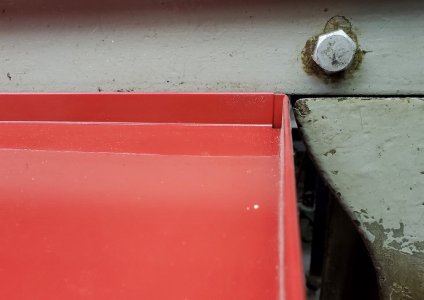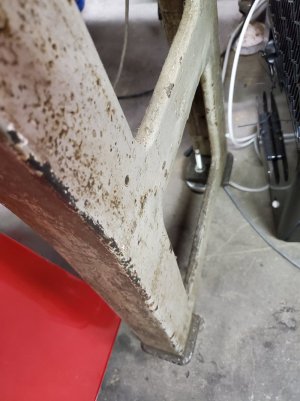SomeGuy
Hobbyist
Anything that'll keep it from getting tippy is going to intrude in your foot space though, unless you want to just bolt it to the floor.Yes but then one day I'll pull that stuff out to do something, then open at top drawer and have it all fall over. Thinking ahead of the day I'll do something stupid. Very likely.
Some boxes have interlocks so you can only open one drawer at a time...though I usually defeat those as they're annoying and finicky at times.


